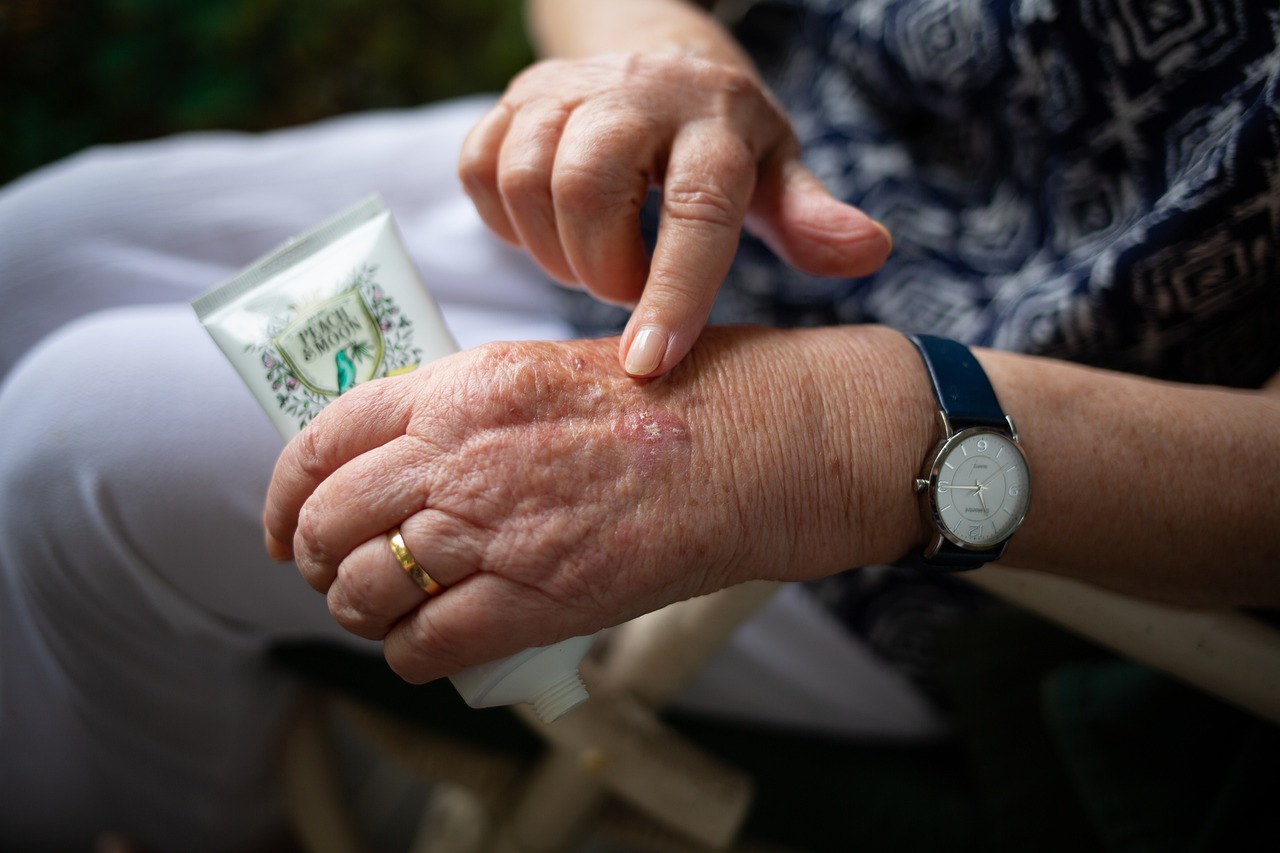Contrary to popular belief, exercise is not only safe for individuals with osteoarthritis but also highly beneficial. Far from aggravating joint pain, a well-designed exercise regimen can help reduce discomfort, improve joint mobility, and enhance overall quality of life. The Arthritis Foundation emphasizes the importance of regular movement, even for those experiencing chronic joint issues. Here, we explore how individuals with osteoarthritis can incorporate exercise into their routines effectively and safely.
Dispelling Myths About Exercise and Arthritis
Many people mistakenly believe that exercising with arthritis will cause further joint damage. However, research has consistently shown that regular movement is essential for maintaining joint health. Initially, some discomfort may occur as the body adjusts to a new routine, but over time, exercise can help alleviate stiffness and reduce pain. The key is to approach exercise strategically and with professional guidance.
Seeking Professional Guidance
Individuals with osteoarthritis should consult healthcare professionals—such as physicians, physical therapists, or certified exercise specialists—to develop personalized exercise plans. These experts can tailor programs to accommodate specific problem areas and ensure exercises for arthritis are performed safely. A custom approach considers the severity of arthritis, the individual’s fitness level, and any coexisting health conditions.
Starting Slow: Pace Yourself, Don’t Push
A gradual approach to exercise is critical for individuals with osteoarthritis. Starting with light activity and slowly increasing intensity and duration can prevent excessive strain on the joints. Persistent discomfort during exercise is a sign to scale back the intensity or shorten the duration of sessions rather than abandoning physical activity altogether.
The Importance of Stretching
Stretching should form the cornerstone of any exercise regimen for those with osteoarthritis. Proper stretching warms up the muscles, enhances flexibility, and prepares the body for physical activity. Stretching also improves joint mobility, reducing stiffness and facilitating smoother movements throughout the day.
Strengthening Muscles for Stability
Strength training exercises are invaluable for individuals with osteoarthritis. Building stronger muscles around the joints helps stabilize them, reducing the risk of further damage and alleviating pain. Improved muscular fitness also boosts an individual’s ability to perform daily activities, enhancing self-esteem and overall life satisfaction.
Cardiovascular Conditioning
Endurance exercises, such as brisk walking or cycling, improve cardiovascular health and overall stamina. For osteoarthritis sufferers, activities that increase oxygen delivery to the muscles can significantly enhance energy levels and reduce fatigue. Low-impact cardiovascular exercises are particularly beneficial for protecting vulnerable joints.
Choosing the Right Activities
Not all exercises are suitable for individuals with osteoarthritis. High-impact activities like running, basketball, and tennis can place undue stress on the joints. Instead, low-impact options such as swimming, water aerobics, or walking at a moderate pace are ideal. Swimming in a heated pool is especially beneficial, as the water supports the body while encouraging a full range of motion without joint strain.
Maintaining a Healthy Weight
Excess body weight increases the strain on joints, particularly in weight-bearing areas like the knees and hips. For individuals with osteoarthritis, achieving and maintaining a healthy weight can significantly reduce joint pain and slow the progression of the condition. Studies show that maintaining a normal weight reduces the risk of developing osteoarthritis of the knee by 50% in men and 75% in women compared to those who are obese.
Running: A Misunderstood Activity
A common misconception is that regular jogging leads to premature joint degeneration. However, studies indicate that long-term runners do not experience accelerated wear and tear on their joints. Proper footwear, surface selection, and moderation are key to making running a safe and enjoyable activity for those who love it.
Developing a Sustainable Plan
Consistency is vital when managing osteoarthritis through exercise. Individuals should aim to incorporate physical activity into their daily routine, ideally exercising once or twice a day. Planning sessions during times of minimal pain, stiffness, or fatigue ensures greater comfort and success. A thorough warm-up before exercise is non-negotiable to prevent injury and prepare the body for movement.
Exercise as a Lifelong Companion
For individuals with osteoarthritis, exercise is not a temporary fix but a lifelong commitment. Regular movement supports joint health, enhances mobility, and fosters a sense of well-being. With the right approach, osteoarthritis sufferers can enjoy an active and fulfilling lifestyle while effectively managing their symptoms.While osteoarthritis presents unique challenges, it does not mean giving up on an active life. With professional guidance, careful planning, and a focus on low-impact, joint-friendly activities, individuals can experience significant relief from symptoms. Remember, the journey to better joint health begins with a single step—literally. Lace up those walking shoes, warm up, and take control of your well-being today.
This article is editorial in nature and does not constitute medical advice. Always consult a physician for any health-related concerns, whether psychological or physical.













